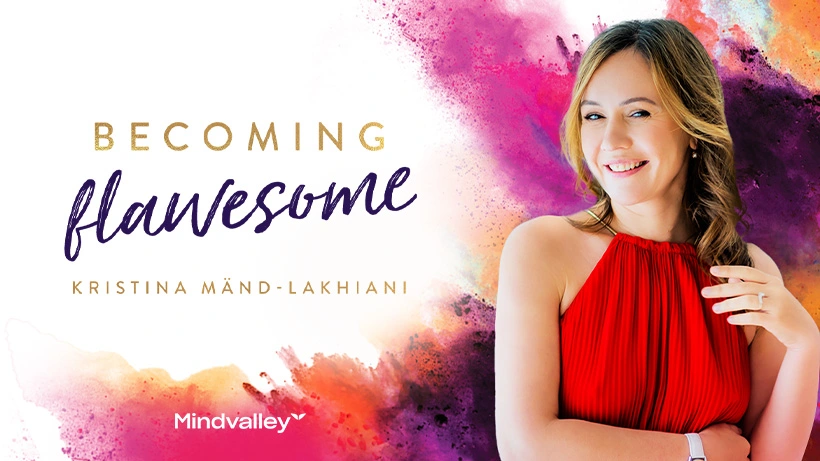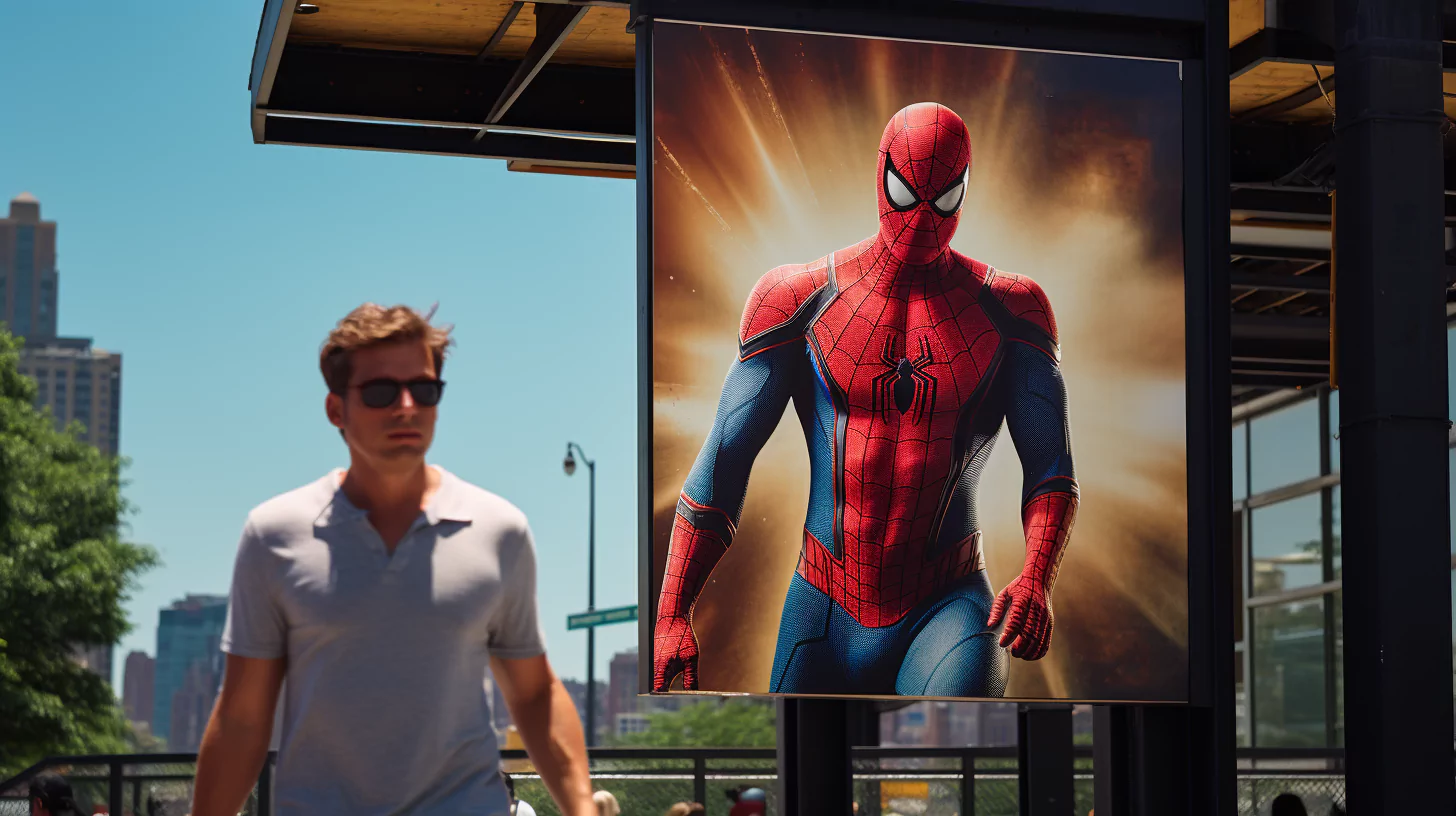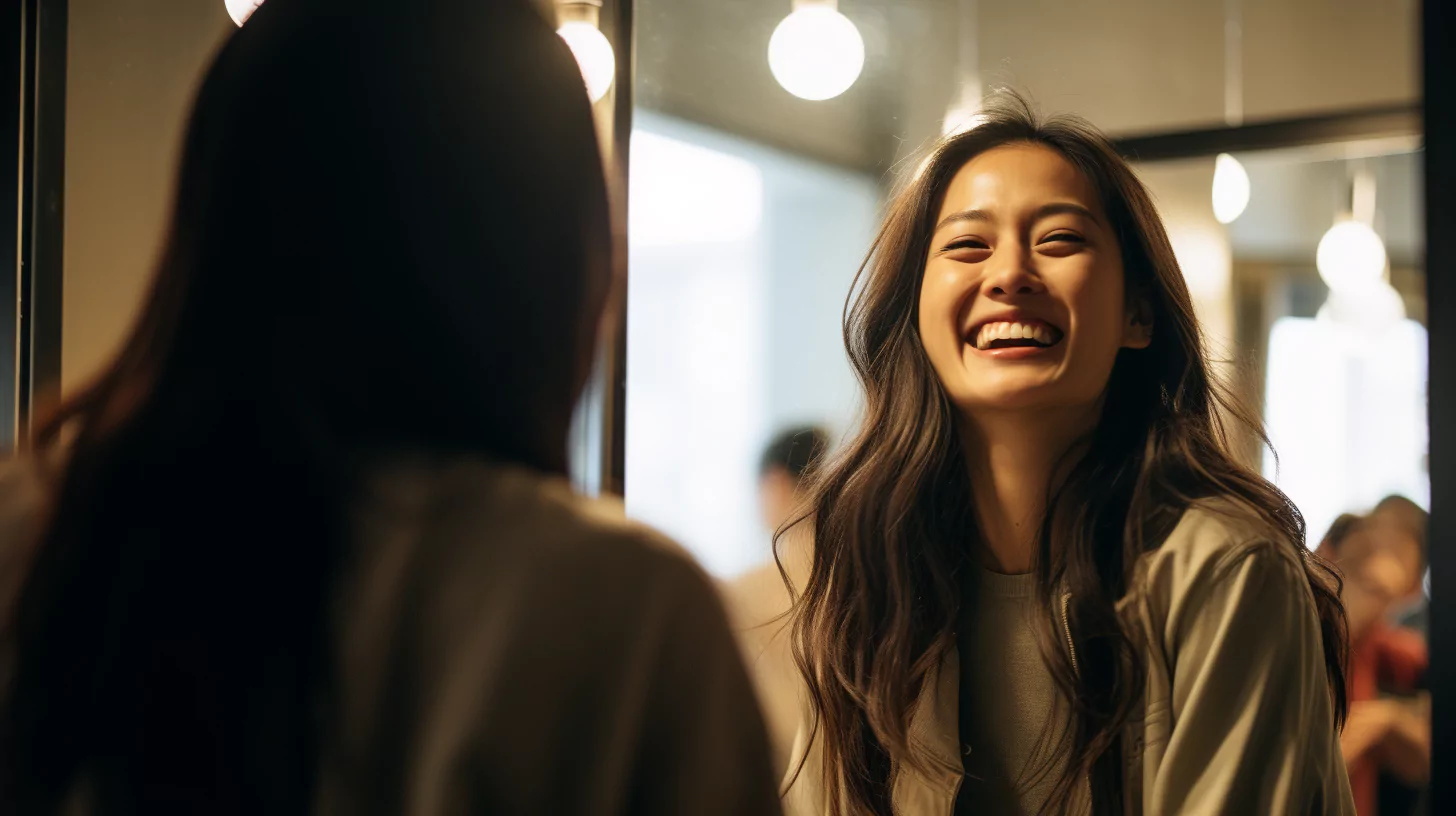Chances are, you’ve come across stories of near misses. People accidentally missing their exit only to avoid the massive pile-up on the freeway. Or waking up late for their flight only to miss a crash.
There’s a name for this phenomenon. It’s called the “burnt toast theory.”
This simple concept, inspired by a common culinary mishap, can transform how you see life’s detours. And it can help you turn your setbacks into potential stepping stones.
What Is the Burnt Toast Theory?
The “burnt toast theory” meaning has less to do with a breakfast blunder and more to do with how you view setbacks.
It suggests that the seemingly inconvenient happenings in your life, like burning your toast in the morning, could be happening for a reason you don’t yet understand. Maybe that extra time you spend remaking your toast allows you to avoid a person you don’t want to run into.
That, in a nutshell, is the burnt toast theory explained. And it’s no wonder it’s making the rounds on social media.
“I’ve often struggled with accepting things that are out of my control, says Faye, whose TikTok video on the topic has amassed over 1.2 million views. “Adopting [the burnt toast theory] and really thinking about when I might be upset about something that is out of my control has really grounded me.”
It encourages you to view the setback as a potential redirect. Much like the butterfly effect, a nudge from the universe can save you from something detrimental or steer you in a positive direction.
In fact, research shows that there are benefits to reframing negativity. One study, for instance, shows that people who are good at finding the upside in negative events experience lower stress levels, greater resilience, and even improved physical health.
“Our mind has a very interesting ability to notice only the things that we focus on,” explains Kristina Mänd-Lakhiani, the co-founder of Mindvalley and trainer of From Awesome to Flawesome Quest.
However, if you allow yourself to see the silver lining in a “burnt toast” moment, you’ll understand that they’re really opportunities for learning and growth, not dead ends.
What is it not?
While this concept reinforces positive thinking, it’s important to distinguish it from blind optimism, toxic positivity, or even spiritual bypassing.
The thing is, the burnt toast theory doesn’t deny the frustration of setbacks. Nor does it claim every inconvenience has a silver lining.
It’s more about acknowledging the potential for hidden benefits and fostering acceptance of what’s outside your control. What’s more, it helps you adopt a more open-minded approach to life’s curveballs.
5 Examples of the Burnt Toast Theory in Real Life
The burnt toast theory happens all the time in real life. Here are a few, from major events to serendipitous moments:
1. Near misses and altered plans on 9/11
The events of 9/11 were undeniably horrific. However, there are stories out there that demonstrate the burnt toast theory in action.
Many people who were meant to be in the World Trade Center towers were delayed that morning or had a change of plans due to various reasons (missed trains, car trouble, etc.). The wrenches in their plans, though frustrating at the time, ended up saving their lives.
2. Wrong seat, right encounter
No doubt, a seat mix-up on a plane can be super frustrating. But what if it leads you to meet the love of your life?
That’s exactly what happened to Darcy McGaffic. She was supposed to sit in an aisle seat but ended up in the middle at the back because she let a man sit next to his anxious wife.
This small act of kindness introduced her to Scott Germond, her seatmate for the next five hours. They connected instantly, sharing jokes and stories.
Although they parted ways at the airport, the story didn’t end there. Driven by a sense of what could be, both placed “missed connection” ads in local papers. Thanks to them—and a bit of serendipity—they reconnected, leading to marriage and twins.
3. Flight delay saved his life
Ahmed Khalid narrowly escaped disaster by missing the doomed Ethiopian Airlines flight bound for Nairobi, all thanks to a flight delay in Dubai. He was supposed to connect through Addis Ababa but ended up on a later flight due to the initial delay.
When Ahmed finally arrived in Nairobi, his father, Khalid Bzambur, greeted him with overwhelming relief.
4. Matt Damon meeting his wife
It’s a well-known fact that Matt Damon met his wife, Luciana Barroso, while he was filming Stuck on You in Miami. Their chance meeting happened at a bar where she was working as a bartender.
Ironically, Damon only went to the bar because his crew members convinced him to go out after a long day on set. This peculiar turn of events led to a meaningful life change.
5. Kristina Mänd-Lakhiani’s move to New York
Imagine moving to a big, bustling city like New York with dreams of making it, only to find out that things don’t always go as planned. This happened to Kristina when she moved from Estonia at 25.
Full of confidence, she soon faced a harsh reality. Employers in New York didn’t recognize her university credentials; she struggled with visa issues; and some even doubted her English skills. As a result, she couldn’t land a job.
Thankfully, this setback had a silver lining. “Since I had so much time on my hands,” she shares, “I ended up helping Vishen to start his business and got involved in it.”
And it eventually led to them creating Mindvalley.

How Can It Help You?
Burnt toast, a missed train, your child needing a last-minute diaper change… A million things could go wrong. No doubt, it’s easy to feel frustrated, leaving you wondering, “How can the burnt toast theory help me?”
It’s simple, really. It equips you to handle the curveballs life throws at you. Here’s how:
1. It reduces frustration
The brain, as Kristina explains in her Mindvalley Quest, often uses coping mechanisms like denial or anger to handle unpleasant situations.
“When the reality is not what you expect it to be, it is a dangerous situation because it might elicit some very unpleasant emotions in you, maybe even painful emotions in you,” she points out. “So the brain comes in and starts distorting your reality so that it is easier to cope with it.”
These reactions, while understandable, can escalate negative emotions and cloud your judgment.
The great thing about the burnt toast theory is, it encourages you to consider the possibility of a positive outcome from a negative event. It allows you to step back and see the bigger picture.
That, in turn, helps lessen the initial emotional sting, allowing you to be kind to yourself and refrain from getting overly upset about a minor inconvenience.
2. It increases openness to new things
The burnt toast theory challenges the brain’s tendency to cling to absolutes, a common trait of perfectionism. Kristina explains that the brain’s reticular activating system makes our lives so much easier, but it also “keeps us trapped in our own perception of reality” (or, in her words, “in our delusion”).
“Whatever you believe in, your brain is going to seek it out and prove it to you over and over and over again,” she adds. “And that’s why it’s sometimes so hard to break out of that.”
But with the burnt toast theory, you tend to question the assumptions. Maybe a missed train leads to a chance encounter, or burnt toast forces you to try a new breakfast recipe.
By considering these possibilities, you become more adaptable and open to the surprises life throws your way.
3. It boosts resilience
Minor annoyances can be seen as temporary inconveniences. Better yet, something potentially great can come out of them.
Looking at them in this light helps you be better prepared to handle them, especially when you face bigger challenges in life. It’s somewhat like training yourself.
“Your life is never going to be completely without any problems, without any pain,” Kristina says. “So the question is not really whether you have painful experiences in your life. The question is, what do you do with those experiences?”
By actively trying to find meaning in these moments, you can build your resilience and grow as a person. This way of thinking turns those tough situations into chances to become stronger, both emotionally and mentally.
What Are Some Limitations of the Burnt Toast Theory?
No doubt, the burnt toast theory has its upsides. But it’s equally important to acknowledge its limitations.
Here are some things to consider:
- Overlooking serious problems. The theory shouldn’t be used to downplay significant issues. Accidentally burning your toast might be a minor inconvenience, but major setbacks require a different approach.
- Denial of negative emotions. It’s okay to feel frustrated or disappointed; acknowledging these feelings allows you to process them in a healthy way. However, this theory shouldn’t be used to suppress negative emotions entirely.
- Unrealistic expectations. The reality is, not every situation has a silver lining. While the theory encourages looking for the positive, it shouldn’t lead to unrealistic expectations.
As Kristina says, “The way we experience life depends on our perception of reality.” Where there’s sunshine, there’s bound to be rain. So it’s important to find a balance between optimism and realism.
Let Your Change Do the Talking
The burnt toast theory is a powerful tool for everyday challenges. However, true growth comes from embracing your whole self.
If you’re looking for a deeper transformation, Kristina Mänd-Lakhiani’s book, Becoming Flawesome: The Key to Living an Imperfectly Authentic Life, may be just the thing you need. She shares her journey and practical tools to help you:
- Silence your inner critic and discover your true self.
- Embrace your “flawsome” nature and unlock true happiness.
- Thrive as the unique person you are.
The best part? You can get access to a free chapter today and start becoming your most flawesome self.
As Kristina says, “Life is unpredictable. The best thing you can do is get the best out of whatever life throws at you.”
Welcome in.








